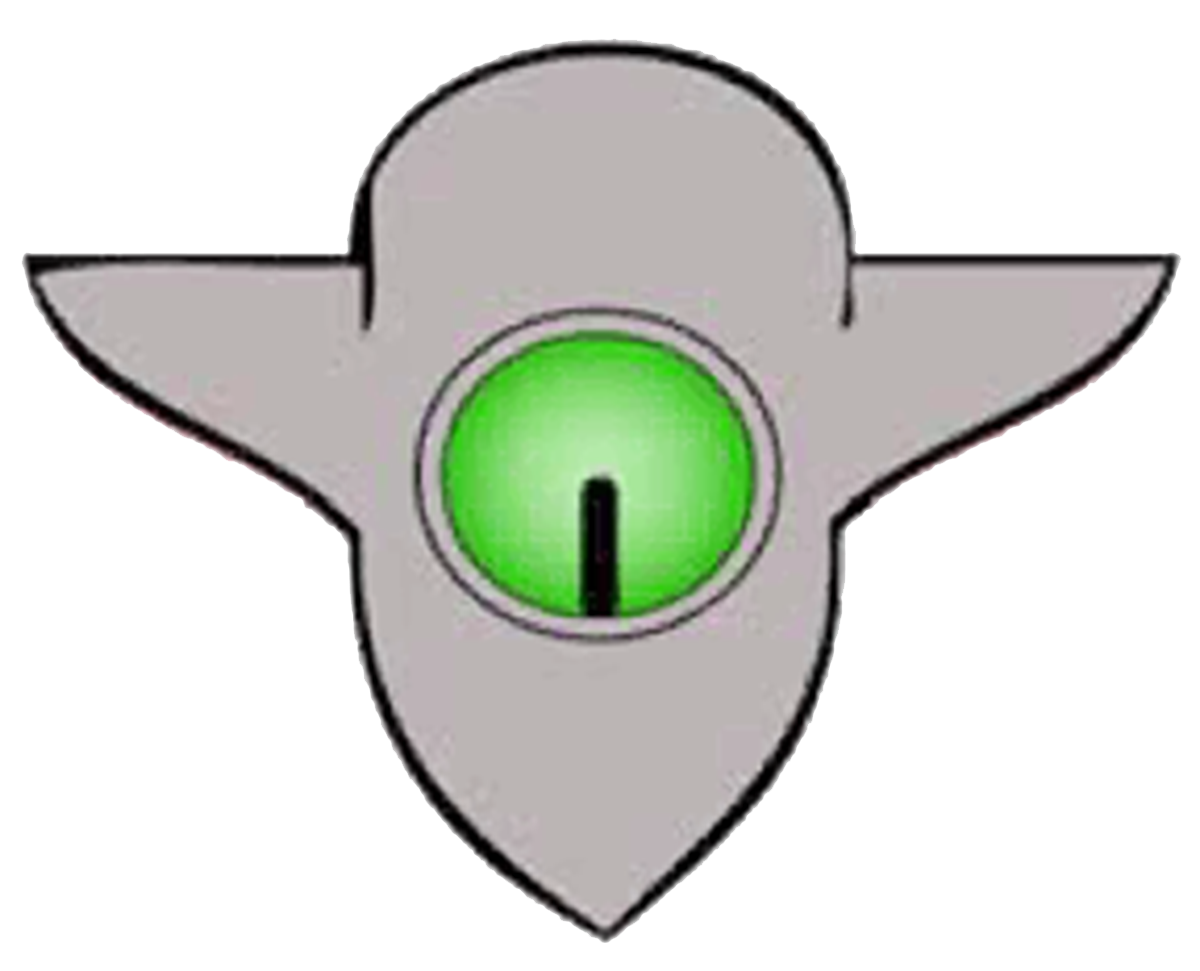Snow Removal
The Service Department can affectively keep our streets clear this winter with your help.
When plowing streets and applying salt, the staff is monitoring vehicle location, pedestrian traffic, and the truck with its equipment. Therefore, they are encountering very hazardous conditions and need no additional distractions to the job they are performing.
Since we are likely to have more snow, the following items would help the process of snow removal:
Remove cars from the street. The biggest hindrance to snow plowing and spreading of salt is the presence of vehicles parked on the street.
Do not pass a snowplow in the village and stay back a safe distance. Let the snowplow drivers concentrate on clearing the roadway. A driver has to watch the roadway and confirm the salt spreader is working, raise and lower plow blades, and drive the manual transmission truck besides driving through a snowstorm.
Improve visibility - Like other big trucks, snowplows have poor visibility on the sides and behind the vehicle. Remember that if you can’t see the driver’s side mirrors, he or she can’t see you.
Avoid driving into a snow spray cloud that is created by the plow, which could result in a total “white out” with zero visibility.
Pile or blow the snow into your yard. It is best to remove the snow as early as possible to prevent the buildup of ice or packing of the snow. Residents are also asked not to shovel or blow snow from driveways or sidewalks into the street. This can create hazardous conditions and is prohibited by ordinance.
Another area involves sidewalks.
Clear off your sidewalk(s), it can be an inconvenience to pedestrians or potentially create a hazard if an ice-patch results. Children need to be able to safely walk to school and to protect pedestrians from possible injury. Residents are required by ordinance to clear sidewalks (including crosswalks) within 24 hours after the end of a snowfall. Watch out for snowplows. If your sidewalk is icy, please apply salt to melt the ice or sand for traction.
If you have questions or wish to report information please contact:
or call 740-983-6367
Please use extra caution when driving near snow plows. Refrain from passing any snow plow until the plow vehicle stops or turns. If you do decide to pass, make sure there is a clear path to do so. Visibility may be impaired by blowing snow or other winter conditions. Avoid driving into a snow spray cloud that is created by the plow as this may cause a total “white out” of zero visibility to the driver.
While we do not have specialized plows, the following may help you while you drive in areas the do. Motorists should use extra caution when driving near wing plows, which have a regular 12 foot plow in the front and a 9 foot wing plow that hangs to the right. This wing plowing system clears either the driving lane and shoulder lane or two lanes of traffic in one pass. This also means it can be extremely dangerous for motorists who try to pass the plow. One plow may be following another to clear a better path. The bottom line is use care when driving even if you are impatient because a plow operates at a slower speed. There is a reason for the slower speed, your safety.
